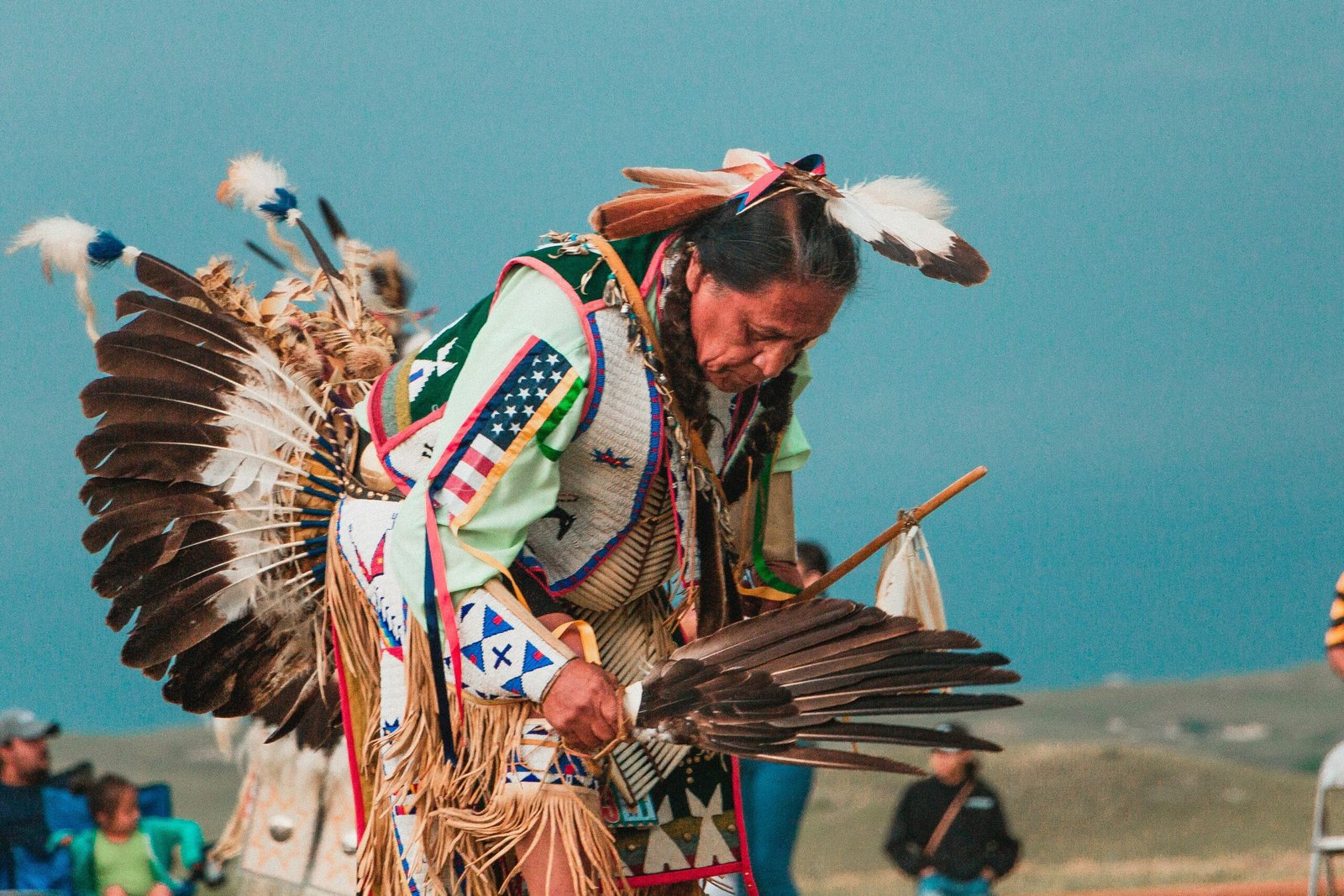Exploring the Rich Sexual Customs in Native Hawaiian Cultures
Native Hawaiian cultures have a long and fascinating history, with rich traditions and customs that encompass various aspects of life, including sexuality. In this article, we will delve into the diverse sexual practices and beliefs among native Hawaiian tribes, shedding light on the traditional hula dances and chants that celebrate love and desire.
The Role of Sexuality in Native Hawaiian Cultures
In Native Hawaiian cultures, sexuality is seen as a natural and integral part of life. It is not only about procreation but also about fostering emotional connections, expressing love, and celebrating the beauty of the human body. Unlike some Western cultures, which may view sexuality as taboo or secretive, Native Hawaiians embrace it openly and with reverence.
Traditional Hawaiian society recognized and respected various sexual orientations and gender identities. The concept of mahu, for example, acknowledges individuals who embody both masculine and feminine qualities. These individuals were often revered as healers, spiritual leaders, or performers.
Traditional Hula Dances: Celebrating Love and Desire
Hula, the traditional dance of the Hawaiian people, is not just a form of entertainment but also a way to express emotions, tell stories, and celebrate various aspects of life, including love and desire. Through graceful movements and rhythmic chants, hula dancers communicate the essence of Hawaiian culture, including its views on sexuality.
In ancient times, hula dances often depicted romantic narratives, celebrating the beauty of love and desire. These dances were not only performed for entertainment but also as a form of worship, honoring the gods and goddesses associated with love, fertility, and sexuality.
One such deity is Laka, the goddess of hula and fertility. Laka is often portrayed as a symbol of sensuality and desire, and her presence is invoked during hula performances to infuse them with passion and energy.
Chants and Poetry: Expressing Love and Desire
In addition to hula dances, chants and poetry played a significant role in expressing love and desire in native Hawaiian cultures. These oral traditions allowed individuals to convey their deepest emotions and desires, often in a poetic and metaphorical manner.
Love chants, known as mele aloha, were composed to honor beloved individuals or express longing for a desired partner. These chants were not limited to heterosexual relationships but also celebrated same-sex love and desire, reflecting the inclusive nature of native Hawaiian cultures.
Similarly, erotic poetry, known as mele maʻi, explored themes of passion, desire, and physical intimacy. These poems were not meant to be vulgar or explicit but rather to celebrate the beauty of human connection and sensuality.
Preserving and Revitalizing Native Hawaiian Sexual Customs
Today, efforts are being made to preserve and revitalize the sexual customs of native Hawaiian cultures. Organizations and individuals are working together to ensure that traditional hula dances, chants, and other forms of artistic expression continue to thrive.
By embracing and understanding the diverse sexual practices and beliefs of native Hawaiian tribes, we can gain a deeper appreciation for the rich cultural heritage of the Hawaiian people. It is through this understanding that we can foster respect, inclusivity, and a celebration of love and desire in all its forms.
As we continue to explore and learn from native Hawaiian cultures, let us approach the subject of sexuality with sensitivity, respect, and a commitment to preserving the traditions and customs that have shaped this vibrant and unique society.

